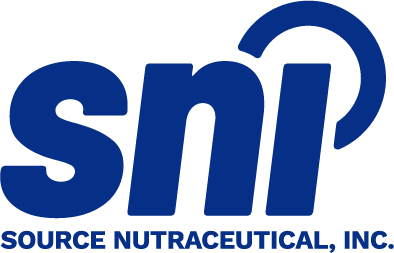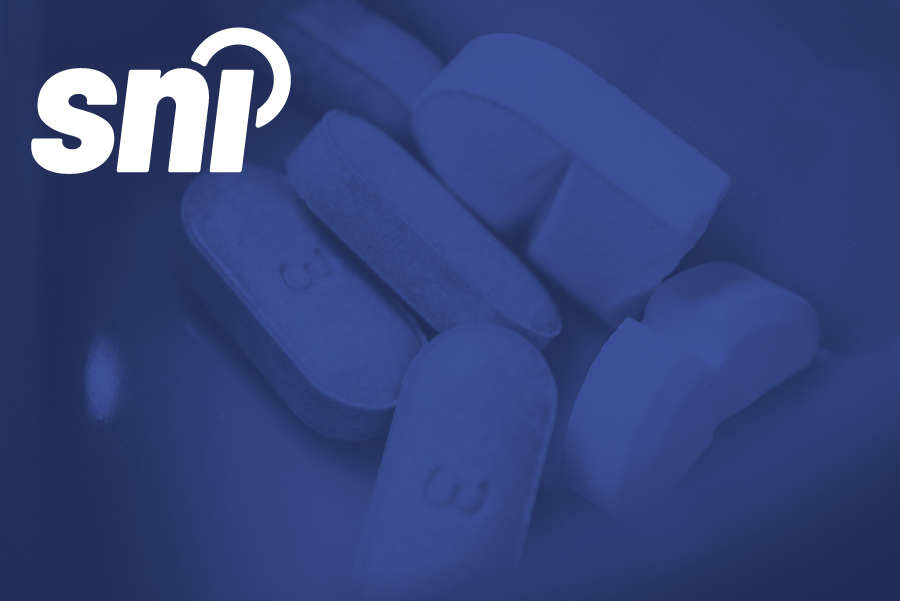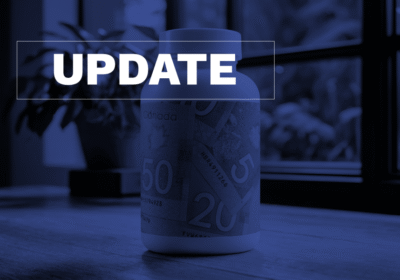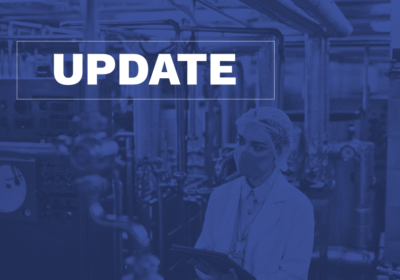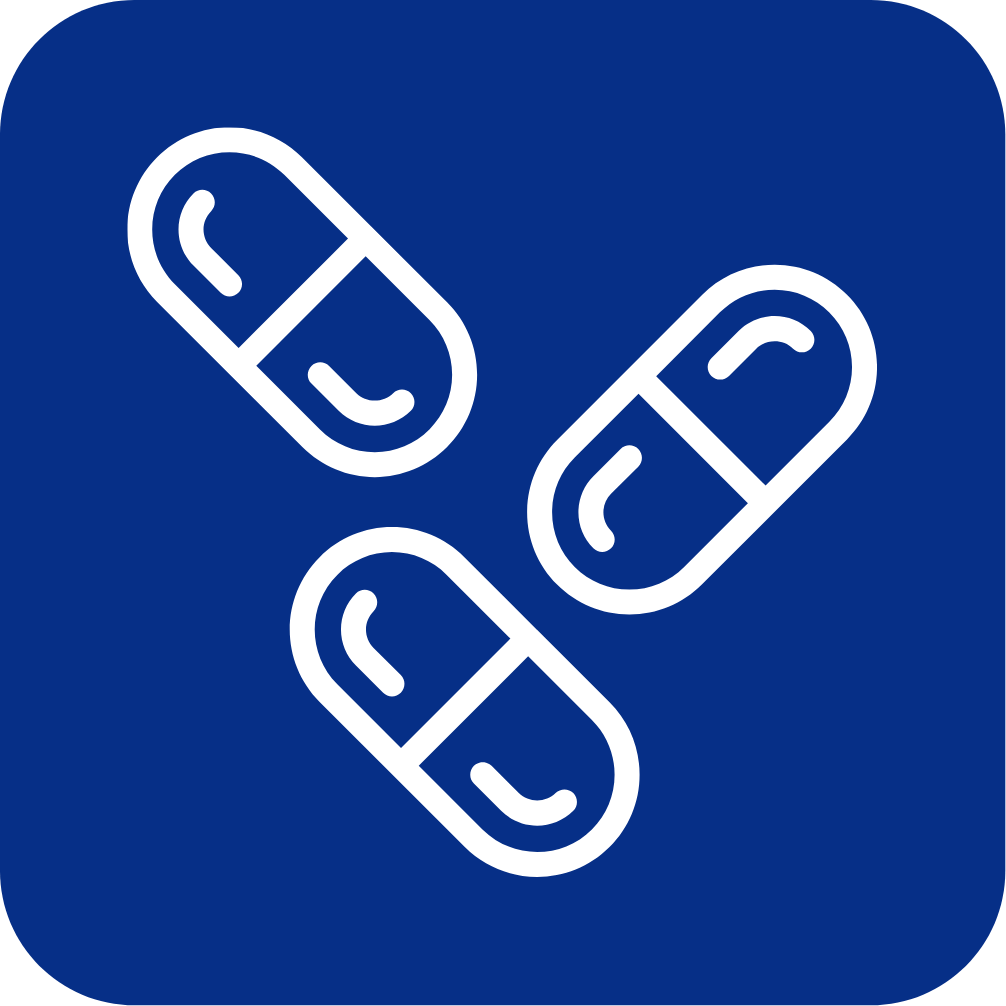
Navigating the complex and ever-evolving landscape of Natural Health Product (NHP) Regulations in Canada is crucial for businesses hoping to enter the Canadian market. Canada offers a significant market opportunity for companies, similar to the U.S., but success depends on a thorough understanding of the regulatory requirements. Ensuring compliance with these regulations is essential not only for market entry but also for building long-term consumer trust.
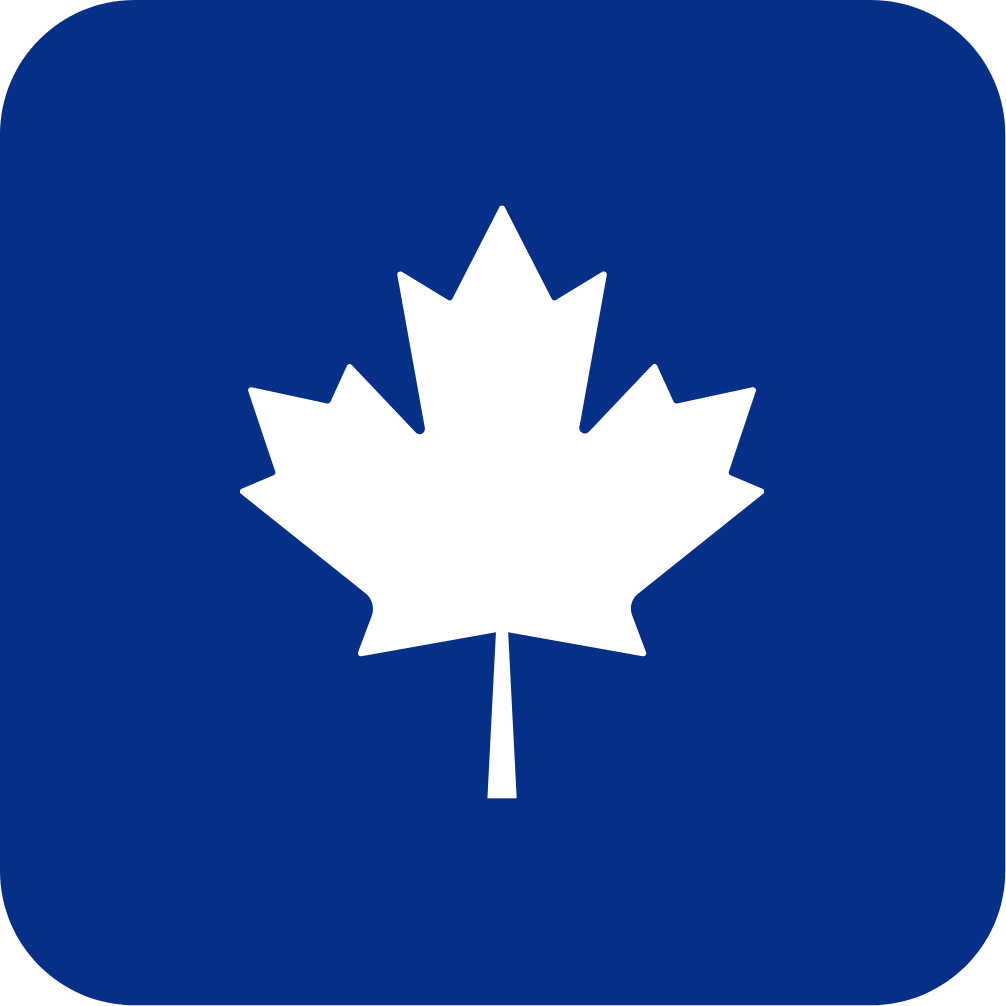
At the heart of this process is understanding both product and site licensing for NHPs, which are critical for compliance and smooth market integration. Canada’s regulations emphasize safety and product quality, ensuring that consumers have access to reliable, effective health products. For businesses, these regulations provide clear, well-established standards and processes, simplifying market entry and helping them save valuable time and resources while building strong consumer confidence.
What Are NHP Regulations?
Definition of NHPs
Natural Health Products (NHPs) are substances used to support health and well-being, often derived from natural sources such as plants, animals, or marine life. These products come in various forms, including tablets, creams, and drops, and address a wide range of health purposes – from treating specific conditions to supporting overall wellness. Common examples include vitamins, minerals, herbal remedies, probiotics, as well as everyday products like certain toothpastes, shampoos, sunscreens, and other skincare items.
According to Natural Health Product Regulations:
“natural health product means a substance set out in Schedule 1 or a combination of substances in which all the medicinal ingredients are substances set out in Schedule 1, a homeopathic medicine or a traditional medicine, that is manufactured, sold or represented for use in
- (a) the diagnosis, treatment, mitigation or prevention of a disease, disorder or abnormal physical state or its symptoms in humans;
- (b) restoring or correcting organic functions in humans; or
- (c) modifying organic functions in humans.
However, a natural health product does not include a substance set out in Schedule 2, any combination of substances that includes a substance set out in Schedule 2 or a homeopathic medicine or a traditional medicine that is or includes a substance set out in Schedule 2.”
In Canada, NHPs are regulated separately from prescription medications and are governed by the Natural Health Product Regulations. While they are marketed for health benefits, they are primarily natural products that do not require a prescription. This regulatory distinction ensures that NHPs are subject to safety and efficacy rules appropriate for their natural origins and uses, while prescription medications are regulated under stricter requirements.
Purpose of NHP Regulations

The goal of NHP regulations in Canada is to create a transparent, safe, and effective market for natural health products. These regulations establish clear licensing requirements and labelling standards, ensuring that consumers can make informed decisions based on essential product information like ingredients, dosage, and potential side effects. Additionally, the regulations safeguard consumers from misleading claims and ensure that any health-related statements are supported by credible scientific evidence or traditional usage.
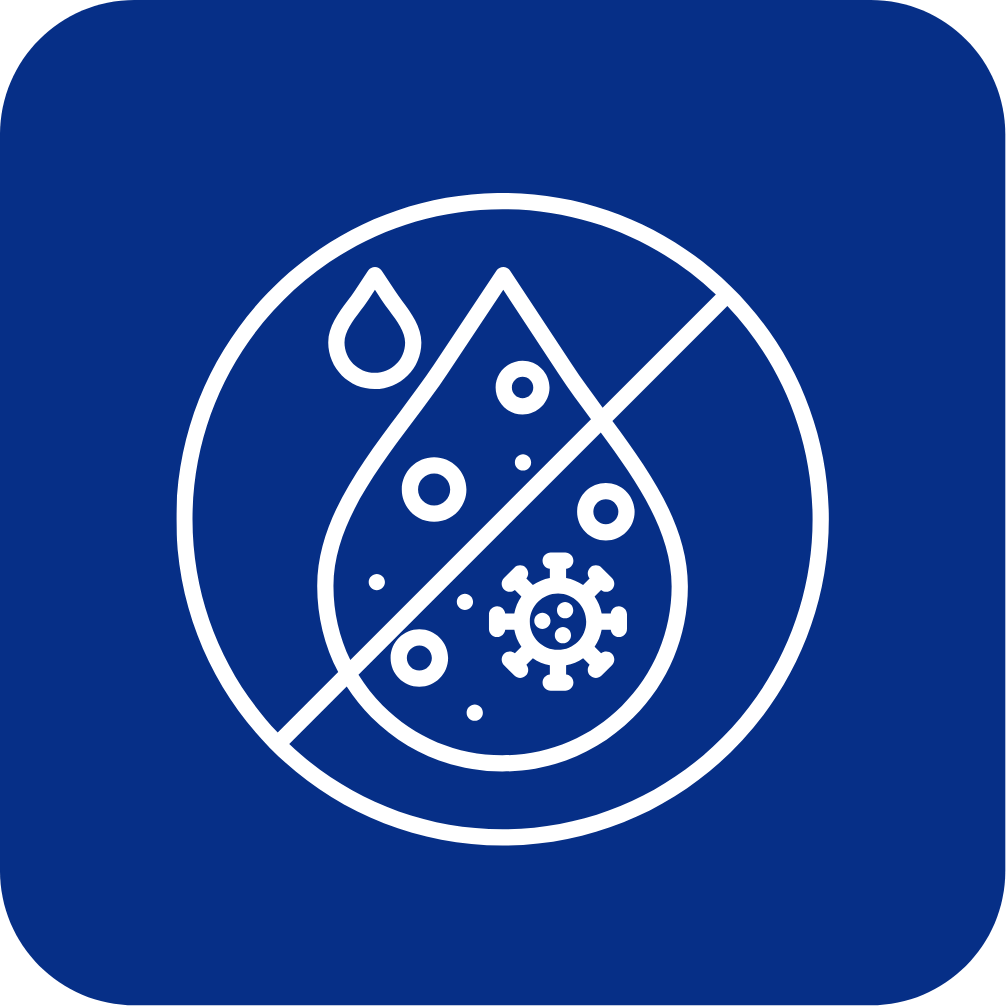
NHP regulations also require that products meet stringent quality standards to prevent contamination and minimize the risk of adverse effects. These measures create a trustworthy environment for consumers while holding manufacturers accountable for their product claims. Ultimately, these regulations aim to protect public health and maintain the integrity of the natural health product market in Canada.
Key Components of NHP Regulations
Health Canada plays a pivotal role in overseeing the safety and quality of natural health products (NHPs). For businesses, understanding the following key regulatory components is essential:
- Site Licensing
- Product Licensing
- Product Labelling
- Post-market Surveillance

Site licensing ensures that facilities involved in the production or importation of Natural Health Products (NHPs) comply with strict regulatory standards, including proper sanitation and the use of suitable equipment. Manufacturers, packagers, labellers, and importers of NHPs for sale must hold a valid site licence issued by the Natural and Non-prescription Health Products Directorate (NNHPD). This licence authorizes the licensee to perform the specific activities listed on the licence.
All licensed activities must adhere to Good Manufacturing Practices (GMPs), which ensure the quality, safety, and efficacy of NHPs throughout the manufacturing and handling processes. Obtaining a site licence involves submitting a comprehensive application to Health Canada, and once approved, the site is assigned a licence number that permits it to conduct regulated activities.
Product licensing is a crucial step, requiring that each NHP undergoes a thorough review by the Natural Health Products Directorate (NHPD). Health Canada evaluates the product’s safety, efficacy, and quality before approval. For example, a manufacturer of fish oil supplements must have strict measures to prevent contamination, following GMPs for every step of production, from raw materials to final packaging.
Proper labelling ensures that consumers have clear and accurate product information, including health claims, dosage instructions, and any potential risks. Labels must align with Health Canada’s guidelines, and NHPs can only make claims that have been approved through the product licensing process. Labelling in Canada must meet bilingual requirements, with information provided in both English and French. Compliant labelling is essential to ensure consumer transparency and build trust. Adhering to all labelling standards and requirements should be a top priority when preparing products for the Canadian market, as it plays a crucial role in regulatory compliance and consumer confidence.
Post-market surveillance is another key element. Health Canada conducts ongoing monitoring of NHPs after they enter the market, ensuring continued compliance through regular inspections and investigations into consumer complaints. This ensures that products maintain their safety and efficacy long after they are sold.
Natural Health Product (NHP) Licensing in Canada
Before any NHP can be sold in Canada, it must obtain a Natural Product Number (NPN) by submitting a Product License Application (PLA) to Health Canada. The PLA includes detailed information to demonstrate the product’s safety, efficacy, and quality, and the application class varies depending on the product’s risk level. Understanding the appropriate class for your product and providing the necessary documentation is crucial for a successful application.
The licensing process involves several steps:
- Complete the PLA: Submit the application with comprehensive product information.
- Health Canada’s Review: Health Canada evaluates the safety, efficacy, and quality of the product.
- Approval and NPN Issuance: If approved, the product is granted an NPN and can be marketed in Canada.
The time for approval varies depending on the product class, ranging from Class I (lowest risk) to Class III (highest risk). Proper documentation and a clear understanding of product-specific regulations can help shorten the approval process.
One of the challenges manufacturers face during this process is dealing with lengthy review times and the possibility of receiving Information Request Notices (IRNs), which may ask for additional details to continue the review. Incomplete applications can be rejected, so working with regulatory experts can help avoid delays and ensure the completeness of an application package.
Application Requirements for Natural Health Products (NHPs) in Canada
To legally market a NHP in Canada, manufacturers must submit a complete PLA to Health Canada’s Natural and Non-prescription Health Products Directorate (NNHPD). This application must provide robust evidence to demonstrate the safety, efficacy, and quality of the product, in line with the Natural Health Products Regulations.
Key Documentation Requirements for a PLA
Ingredient Specifications and Testing Results
In addition to submitting an ePLA, applicants must submit detailed specifications for each medicinal ingredient, including the botanical or chemical source, standardization parameters (if applicable), and analytical testing results confirming the identity, purity, potency, and stability of the ingredients.
Additionally, Finished Product Specifications (FPS) must be provided. These outline the criteria and acceptable limits for microbial contaminants, heavy metals, and other potential impurities, and must reflect the product’s dosage form and route of administration. The FPS ensures the final product consistently meets quality standards throughout its shelf life.
Bilingual Labelling and Dosage Instructions
The PLA must include label text in both English and French, compliant with Health Canada’s labelling requirements under the Consumer Packaging and Labelling Act and NHP Regulations. This includes:
- Proper product name and dosage form
- Recommended use or purpose
- Route of administration
- Recommended dose and duration of use
- Risk information, including warnings, contraindications, and potential side effects
All information must be clear, accurate, and based on evidence to ensure the product is used safely and effectively.
Supporting Evidence for Safety and Efficacy
If the product’s medicinal ingredients and intended use are covered by an existing Health Canada monograph, the PLA can follow an attestation-based route, simplifying the review process.
However, if ingredients, claims, or dosages fall outside monograph parameters, applicants must submit comprehensive supporting evidence, such as:
- Clinical studies or meta-analyses
- Published scientific literature
- Authoritative textbooks
- Pharmacopoeial references
This evidence must be sufficient to support both the safety of the ingredient at the proposed dose and the validity of any health claims.
By ensuring that the PLA is complete, well-organized, and aligned with Health Canada’s requirements, manufacturers can significantly streamline the review process, reduce the risk of information request notices (IRNs), and accelerate market access. Working with regulatory experts or consultants can also help avoid delays by ensuring that the application meets current guidance and is submitted with the appropriate documentation from the outset.
Benefits of Complying with NHP Regulations

Adhering to NHP regulations in Canada provides several key benefits for businesses. Most importantly, compliance ensures that products meets the required safety and efficacy standards, which helps build consumer trust and satisfaction. When consumers feel confident about the quality and safety of the products they use, it fosters long-term loyalty and brand reputation.
Compliance also gives businesses a competitive edge. Companies that prioritize meeting regulatory standards are often seen as more reliable and trustworthy, leading to increased sales and customer retention. In addition, adhering to these regulations protects businesses from legal risks, such as fines or penalties, safeguarding their reputation and long-term viability.

Moreover, obtaining an NPN and complying with Canadian regulations opens the door for international expansion. Many countries recognize Canada’s strict regulatory framework, making an NPN an attractive certification for companies looking to enter global markets. Having an NPN can streamline the approval process in other countries, which often value products that are already regulated and certified for safety and meet efficacy standards. This can significantly increase a company’s potential reach.
Consequences of Non-Compliance with NHP Regulations

Non-compliance with NHP regulations in Canada can result in legal penalties, fines, and other financial repercussions, particularly for smaller businesses. More severe violations may lead to civil or criminal sanctions, especially if they pose risks to consumer safety. In addition to legal consequences, non-compliance can damage a company’s reputation, leading to a loss of consumer trust, market share, and potentially costly product recalls.
By staying compliant with NHP regulations, businesses can mitigate these risks, ensuring they remain operational and maintain consumer confidence.
Final Remarks
Navigating the regulatory landscape for NHPs in Canada can be straightforward with the right guidance. By following the required steps for supplement licensing, obtaining an NPN, and adhering to the necessary documentation and standards, businesses can successfully enter the Canadian market. Compliance not only prevents legal challenges but also builds consumer confidence, helping businesses establish themselves as trustworthy, reliable brands. With the right preparation, your products can thrive in the Canadian marketplace and beyond.
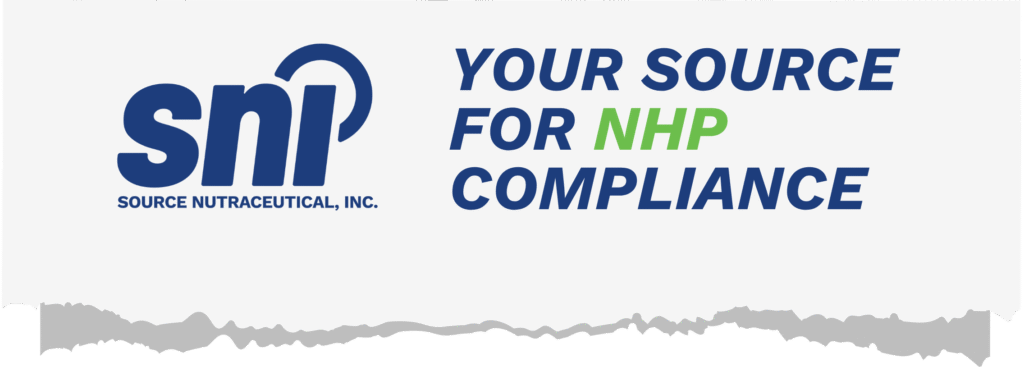
Looking to launch your Natural Health Product (NHP) in Canada? Our expert Regulatory Affairs Team at SNI is here to simplify the licensing process from start to finish. Whether you need a straightforward product licence or plan to conduct a clinical trial to support your health claims, we provide the guidance and expertise you need to succeed.
💊 More about our services here.
💡 Compliance is easy with the right support!
📩 info@sourcenutra.com
⬇️ Send us a request for support or an introductory call
FAQ
What qualifies as a Natural Health Product (NHP) in Canada?
Natural Health Products (NHPs) include a wide range of substances used to maintain or improve health. These products can be derived from natural sources such as plants, animals, or marine life, and may include vitamins, minerals, herbal remedies, homeopathic and traditional medicines, probiotics, amino acids, and essential fatty acids. NHPs are intended for therapeutic use and are distinct from both prescription drugs and conventional foods. To be classified as an NHP, the product must meet specific criteria outlined in Canada’s Natural Health Products Regulations, which ensures they are safe for self-care and suitable for over-the-counter use.
Why are NHPs regulated differently from food and pharmaceutical drugs?
NHPs are regulated as their own category because they do not fit neatly into the existing frameworks for either foods or pharmaceutical drugs. While they are marketed for health benefits, they typically do not require a prescription and have a different risk profile than conventional medicines. Regulating NHPs separately allows Health Canada to enforce appropriate safety, efficacy, and labelling standards that reflect the nature of these products. This ensures consumers can access them safely while still being protected from misleading claims or substandard manufacturing practices.
What licences are required to manufacture, import, or sell NHPs in Canada?
To legally manufacture, package, label, or import NHPs for sale in Canada, businesses must obtain two key licences. First, a site licence is required for any Canadian facility involved in these activities, ensuring the site meets Good Manufacturing Practices (GMPs). Second, each individual product must have its own product licence, issued by Health Canada, which is identified by a Natural Product Number (NPN) or a Homeopathic Medicine Number (DIN-HM). These licences confirm that the product has been reviewed and approved based on its safety, efficacy, and quality.
What documentation is needed to obtain a Natural Product Number (NPN)?
To receive an NPN, applicants must submit a comprehensive Product Licence Application (PLA) to Health Canada. This includes detailed specifications for each medicinal ingredient, supporting analytical testing results, and Finished Product Specifications (FPS) that demonstrate the product’s identity, purity, and potency. The PLA must also include bilingual labelling information – such as recommended use, dosage, warnings, and contraindications – in both English and French. If the product does not align with an existing monograph, additional evidence such as clinical studies, published literature, or traditional use data must be included to support the proposed health claims and dosage levels.
What happens if an NHP does not comply with Canadian regulations after entering the market?
Non-compliance with NHP regulations can lead to serious consequences for businesses. Health Canada may take corrective actions such as issuing warnings, mandating product recalls, suspending or cancelling licences, or imposing financial penalties. In some cases, products may be removed from the market altogether, especially if they are deemed unsafe or misleading. Beyond regulatory enforcement, non-compliance can also damage a company’s brand reputation and erode consumer trust. To avoid these outcomes, it is critical for businesses to maintain ongoing compliance through proper labelling, manufacturing, and post-market surveillance.
